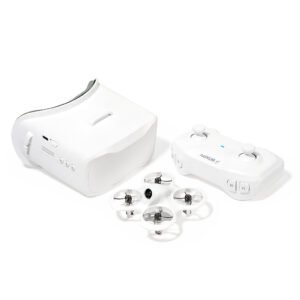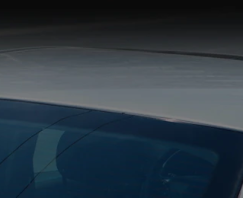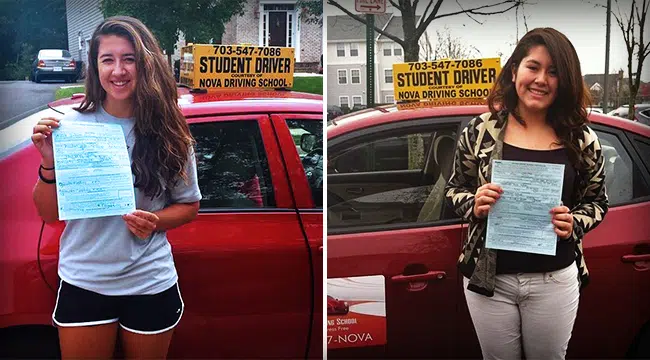Exploring the Thrills and Technology of FPV Drone Racing
June 28, 2024 - 0 COMMENTS
Drones have revolutionized various fields, from photography to delivery services. Among the most exhilarating advancements is the rise of FPV (First Person View) drone racing. This adrenaline-pumping sport has captured the imagination of enthusiasts worldwide, offering a unique blend of cutting-edge technology and high-speed competition. In this blog, we’ll delve into the world of FPV drone racing, focusing on the essential equipo FPV drone components and what makes these drones so special.
What is FPV Drone Racing?
FPV drone racing involves piloting a drone from the perspective of an onboard camera. Pilots wear goggles that stream real-time video from the drone, providing an immersive experience akin to sitting in the cockpit of a miniature aircraft. Races typically take place on obstacle-laden courses, requiring pilots to demonstrate exceptional control and reflexes.
Essential Components of an Equipo FPV Drone
To succeed in FPV drone racing, one needs more than just a standard drone. Here are the critical components that make up a competitive equipo FPV drone:
- Frame: The frame is the backbone of the drone. It’s designed to be lightweight yet durable to withstand crashes and high-speed impacts. Frames are usually made from carbon fiber due to its strength-to-weight ratio.
- Motors: High-performance motors are crucial for achieving the speeds necessary in racing. Brushless motors are preferred for their efficiency and longevity. The choice of motor can significantly affect the drone’s acceleration and top speed.
- Electronic Speed Controllers (ESCs): ESCs regulate the power supplied to the motors. They must be capable of handling high currents and delivering precise throttle control. Advanced ESCs offer features like active braking and telemetry data.
- Flight Controller: This is the drone’s brain, responsible for stabilizing flight and executing pilot commands. Modern flight controllers come with various sensors, including gyroscopes and accelerometers, to maintain stability.
- FPV Camera: The FPV camera transmits live video to the pilot’s goggles. It must offer low latency and high resolution to provide a clear and responsive view. Popular choices include cameras from brands like RunCam and Foxeer.
- Video Transmitter (VTX): The VTX sends the video feed from the camera to the pilot’s goggles. It needs to provide a strong, interference-free signal, especially in crowded race environments.
- Radio Receiver: This component receives control inputs from the pilot’s transmitter. A reliable connection is vital for maintaining control during high-speed maneuvers.
- Batteries: High-capacity, high-discharge rate batteries are necessary to supply the power demands of racing drones. LiPo (Lithium Polymer) batteries are the standard due to their energy density and discharge rates.
- Propellers: The choice of propellers affects the drone’s agility and speed. Racers often experiment with different sizes and pitches to optimize performance.
The Evolution of FPV Drone Racing
FPV drone racing has grown from a niche hobby to a global phenomenon. The first organized races took place in the mid-2010s, and the sport has since exploded in popularity. Today, there are numerous leagues and competitions, including the Drone Racing League (DRL) and MultiGP, which attract top pilots from around the world.
Technological advancements have played a significant role in this growth. Improvements in video transmission, battery technology, and flight control systems have made drones faster and more reliable. Additionally, the proliferation of affordable, high-quality components has made it easier for newcomers to enter the sport.
The Thrill of the Race
The appeal of FPV drone racing lies in its unique blend of technical skill and adrenaline-fueled excitement. Pilots must navigate complex courses at breakneck speeds, often reaching over 100 mph. The immersive nature of FPV flight, where pilots feel as if they are inside the drone, adds to the thrill.
Each race is a test of reflexes, precision, and strategy. Pilots must balance speed with control, making split-second decisions to avoid obstacles and outmaneuver opponents. The competitive aspect, combined with the camaraderie among racers, creates a vibrant and passionate community.
Getting Started in FPV Drone Racing
For those interested in joining the FPV drone racing world, starting with the right equipment is crucial. Beginners should look for entry-level racing drones and gradually upgrade components as they gain experience. Many pilots begin with pre-built drones and move on to custom builds to tailor their drones to their preferences.
Flight simulators are an excellent way to practice without risking expensive equipment. Simulators provide a realistic flying experience and help new pilots develop the necessary skills before taking to the skies.
Conclusion
FPV drone racing is a thrilling, fast-paced sport that combines cutting-edge technology with high-stakes competition. Whether you’re a seasoned pilot or a curious newcomer, the world of FPV racing offers endless excitement and challenges. By understanding the essential components of an equipo FPV drone and the evolution of the sport, enthusiasts can appreciate the skill and dedication required to excel. So, strap on your goggles, power up your drone, and get ready to experience the rush of FPV drone racing!
TAG'S :
 AUTHOR
AUTHOR
SHANE DOE
Hello!! My name is SHANE DOE, I’m glad if you are reading this, which means you are someone who likes the environmental, construction, business, electronics, and lifestyle-related blogs because this is what our website delivers about. I hope you enjoyed it all.












